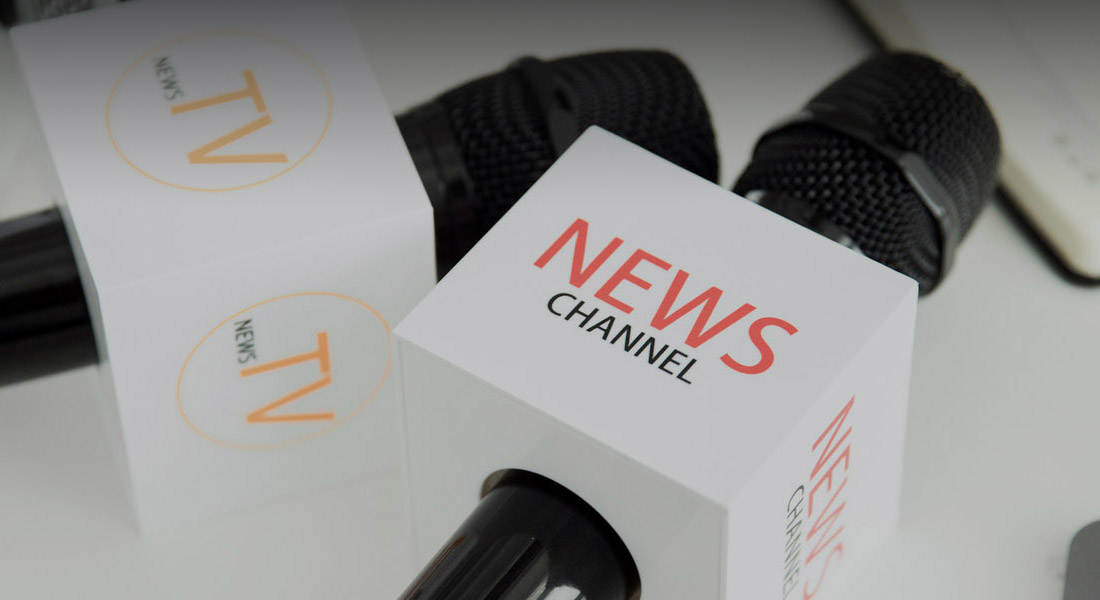Selecting the right slewing bearing is a critical engineering decision. One of the first and most important choices is the gear type: external gear or internal gear. Each design offers distinct advantages and trade-offs that make it suitable for specific applications.
This guide provides a detailed, head-to-head comparison to help you understand the differences and make an informed choice for your project.
Head-to-Head Comparison
| Feature | External Gear Slewing Bearing | Internal Gear Slewing Bearing |
|---|---|---|
| Gear Location | Teeth are cut on the outer circumference of the outer ring. | Teeth are cut on the inner bore of the inner ring. |
| Drive Pinion Location | Meshes with the gear from the outside. | Meshes with the gear from the inside. |
| Torque Capacity | Higher. For a given size, the larger pitch diameter allows for greater torque transmission. | Lower. The smaller pitch diameter limits torque capacity. |
| Maintenance Accessibility | Excellent. The pinion and gear are fully exposed and easy to access for inspection and service. | Poor. The pinion is often housed inside a confined space, making access difficult. |
| System Compactness | Less compact. The drive system protrudes outside the bearing's footprint. | More compact. The drive system is contained within the bearing's diameter, saving space. |
| Stiffness | Slightly less stiff due to the larger diameter of the driven ring. | Slightly stiffer as the driven ring (inner ring) has a smaller diameter. |
| Ideal Applications | Excavators, cranes, heavy-duty applications where torque and service access are priorities. | Robotic platforms, solar trackers, light-duty turntables where compactness is key. |
| Cost | Generally comparable, but external gears can be easier and cheaper to machine and inspect. | Comparable. |
How to Choose: Key Decision Factors
-
Torque Requirements: If your application involves high rotational forces or shock loads (e.g., digging, lifting), the external gear slewing bearing is the superior choice due to its higher torque capacity.
-
Maintenance Regime: Consider the operating environment. For harsh, abrasive conditions (mining, construction) where pinion and gear wear is expected, the easy accessibility of an external gear system is a massive advantage, significantly reducing maintenance time and cost.
-
Space Constraints: Does your design have a tight envelope? An internal gear bearing, with its contained drive system, might be necessary to fit within spatial limits.
-
Load and Stiffness: For applications where extreme stiffness and minimal deflection are the absolute highest priorities, an internal gear design may have a slight theoretical advantage.
Conclusion: A Question of Priority
There is no universally "better" option. The choice is a question of priority:
-
Choose an External Gear Slewing Bearing when you prioritize high torque, easy maintenance, and durability in demanding environments.
-
Choose an Internal Gear Slewing Bearing when compactness and a low profile are the most critical design constraints.
By aligning the gear design's strengths with your application's core requirements, you ensure optimal performance and longevity.

